The shape and diameter (size) of electrolysis needles have a dramatic effect on the efficacy of the needle in removing hairs. An electrolysis needle is composed of three main parts, the needle shank, the needle shaft, and the needle tip. The needle shank generally comes in 3 sizes, the F- and K-Shanks and Tapered, designed specifically for electrolysis machines. Note: Ballet also carries the H-Shank needle, described in a separate post, that was specifically designed for use with electrosurgery machines with a 3/32 inch diameter shank.>
Electrolysis needle parts defined
The main parts of an electrolysis needle, as well as electrosurgical solid needles (see H4 article), are the needle shank, the needle shaft and the needle tip. The shank refers to the portion of the needle that goes into the needle holder or handpiece. The shank sizes are standardized globally for electrolysis amongst three primary sizes, the F-Shank, the K-Shank, and the Tapered Shank. The F-Shank has a diameter of 1.25mm (0.05in), the K-Shank has a diameter of 0.80mm (0.03in), and the tapered needles have a diameter of 0.65mm (0.026in). The needle shaft is the thinner portion of the needle that enters the follicle or skin, depending on the application. Ballet electrolysis needles have a smoothly tapered shape with a diameter that matches the size designation: The size 2 needle is 0.002 inches diameter at the shaft and similarly the size 3 needles is 0.003 inches at the shaft.

Ballet needle tips engineered for ease of use

The needle tip is the tapered end of the needle shaft that enters the hair follicle or pierces the skin, depending on the application. The taper on Ballet needles was designed with direct input from electrologists to meet the need for optimal feedback and easy insertions. The needle tip is manufactured using advanced engineered design and cutting edge machining technology to provide needles with the exact same needle tip and insertion experience, every time.
Additionally, Ballet needle shaft diameters are precision engineered to tight specifications via micromachining such that the shaft diameter of a size 6 needle, such as the F6, is twice the diameter of the F3, and half the diameter of the F12.
Electrolysis and needle sizes
Electrolysis needles are most effective when the needle shaft matches the size of the hair follicle. The goal is to create a heating or lye pattern that is large enough to entirely destroy the cells that cause regrowth of the follicle. Using too small a needle can cause as many problems as using too large a needle.
For small hairs, such as the upper lip, using a thinner, smaller needle, such as the Ballet F2 or F2-Short needle, is most effective. For larger hairs such as beard or leg hairs, a larger wider needle, such as the Ballet F5 or F6, works best. With the same amount of current, a thin/narrow needle will get hotter than a thicker/wider needle.
Needles and energy analogy
Imagine you need to boil a pot of water. If you place a small pot on a large burner, you will likely boil the water, but you may also burn the handle and the outside of the pot. In contrast, if you put a large pot on a small burner at the same temperature, it will take a long time for the water to boil as only the middle is getting heated. Or if you turn the heat up, the middle of the pot may burn even before the water boils evenly. In order to boil a pot efficiently, a small pot goes on a small burner and a large pot is heated on a larger burner.

Now imagine the pot is a hair follicle and the burner is the needle. Using the wrong size needle can cause a variety of issues.
Use a needle that is too large (small pot, large burner), and electrolysis could damage the skin surface due to extra heat. If you turn the current down or decrease the time to avoid this damage, then the electrolysis may not actually kill the follicle.
Use a needle that is too small (large pot, small burner), and successful electrolysis may take a long time. If the current or time is increased to make the process faster, the process may end up causing blistering and skin damage due to overheating. By choosing the needle size that matches the hair follicle, electrologists are best able to optimize the electrolysis process.

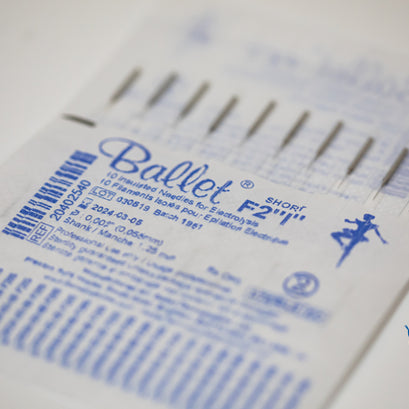
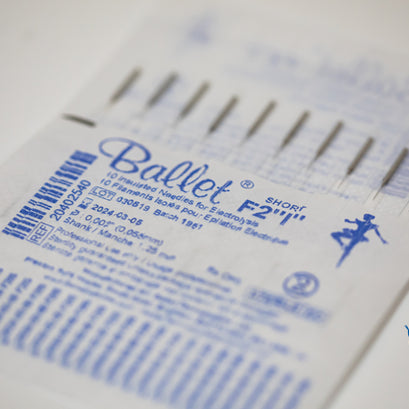

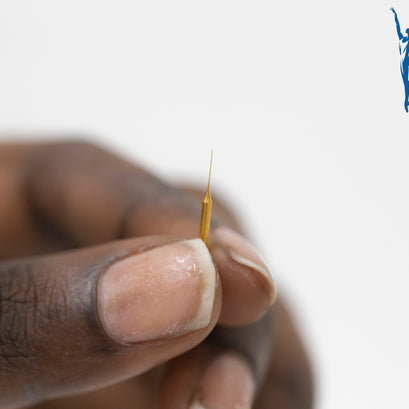

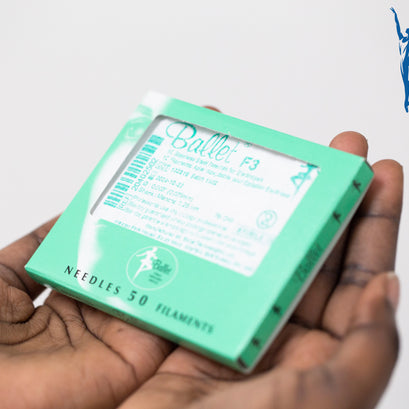
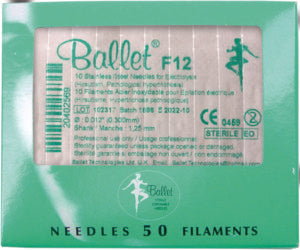
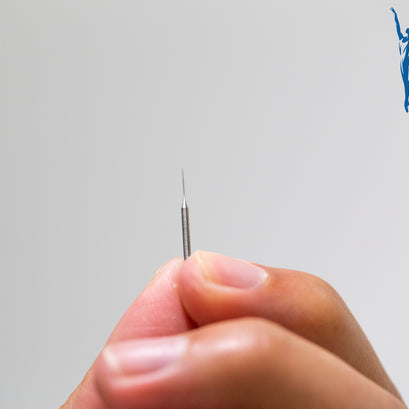

Leave a comment